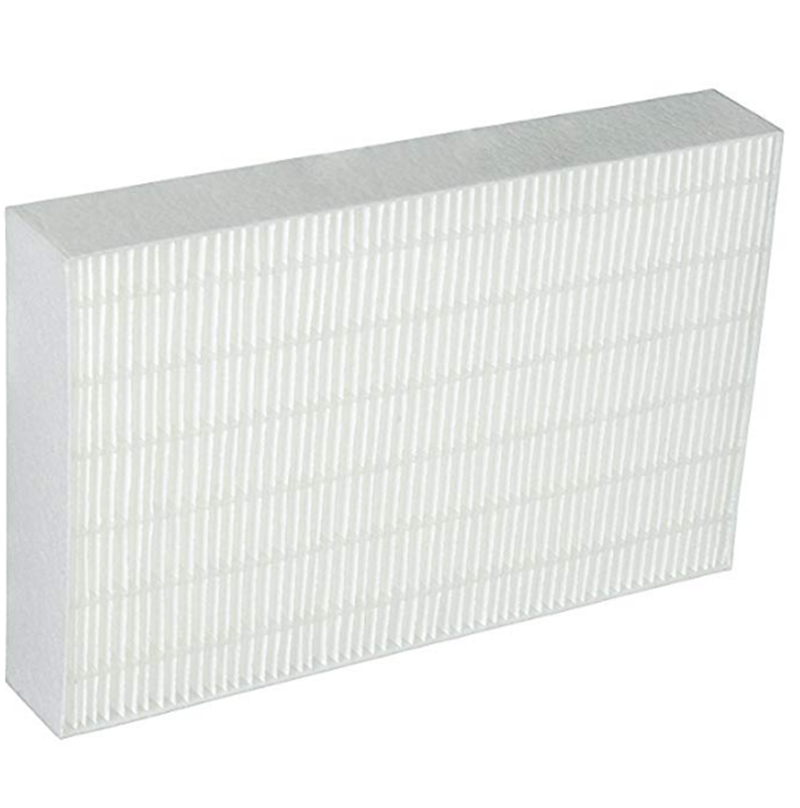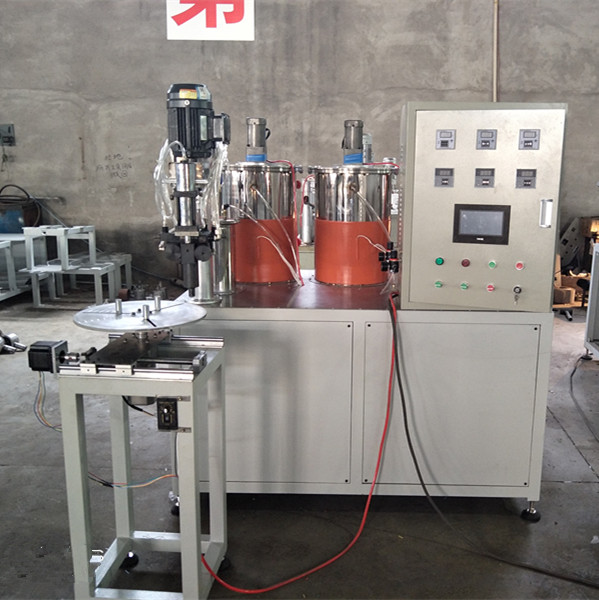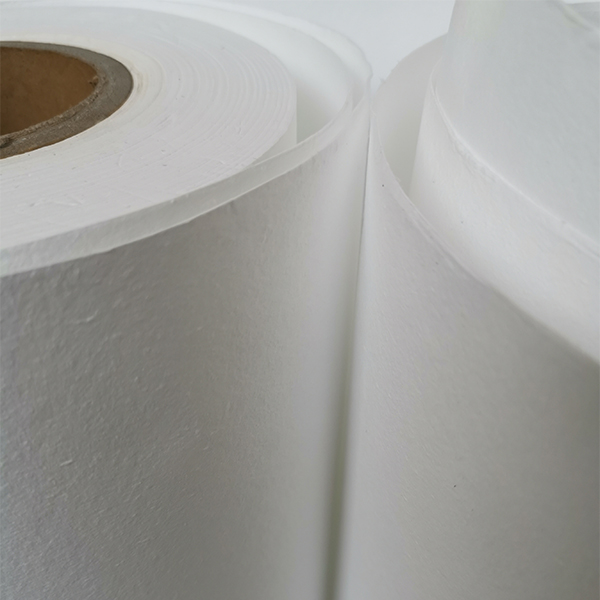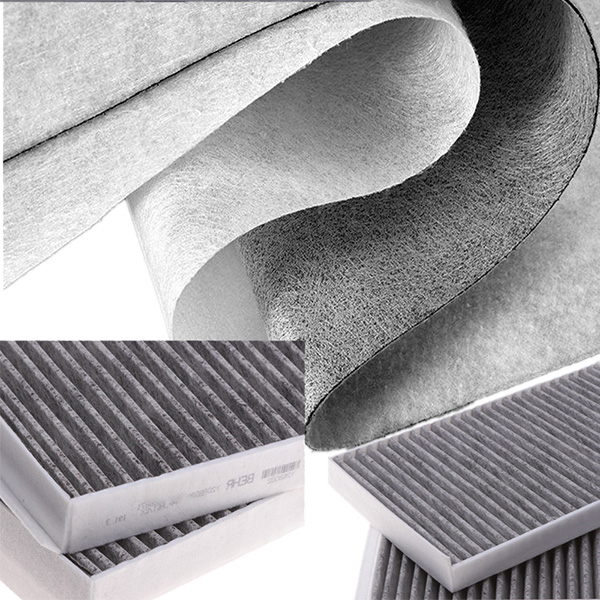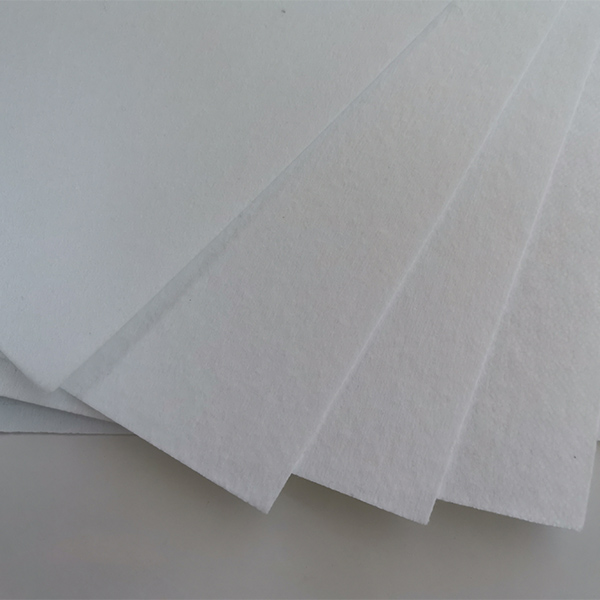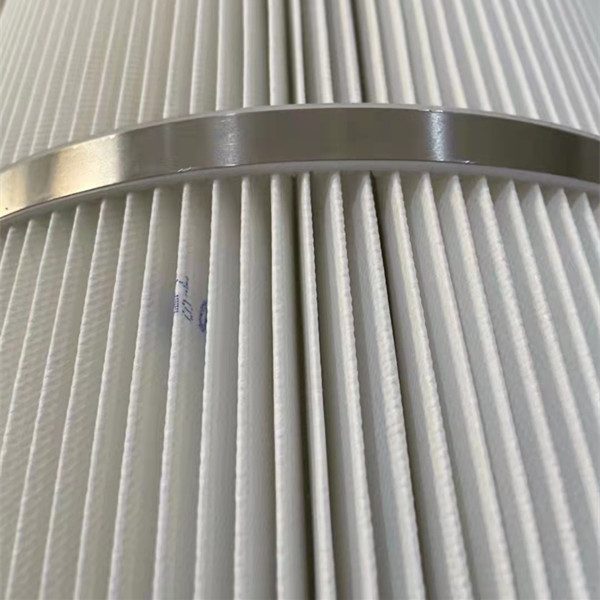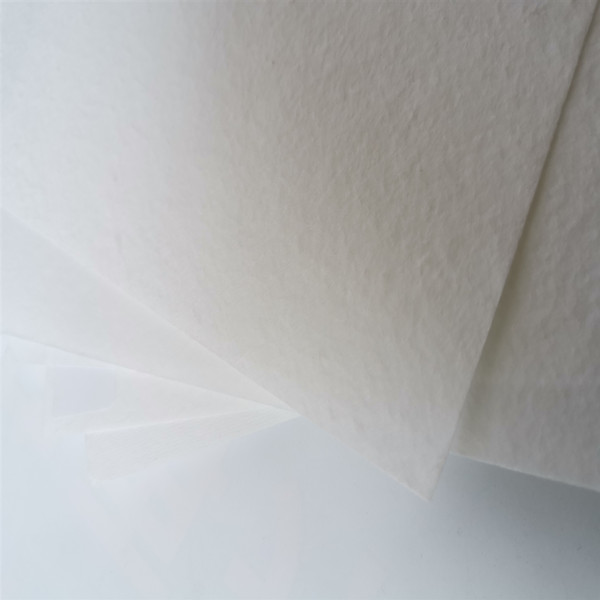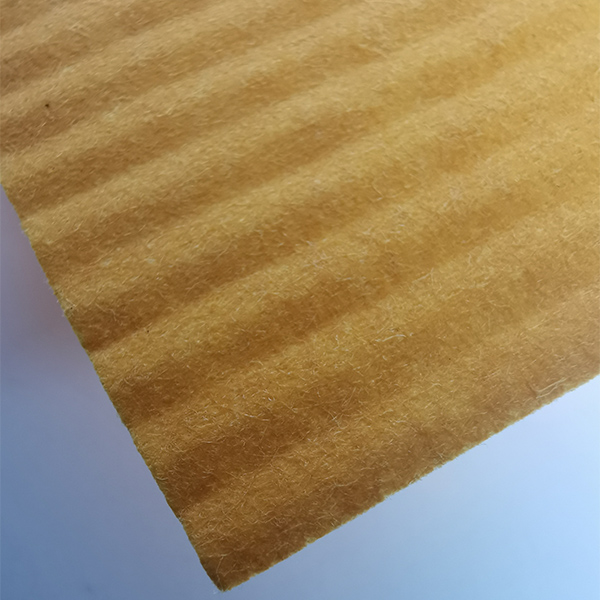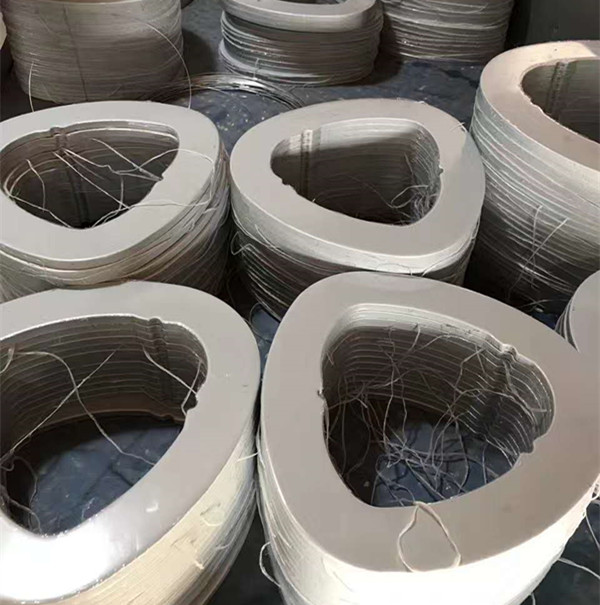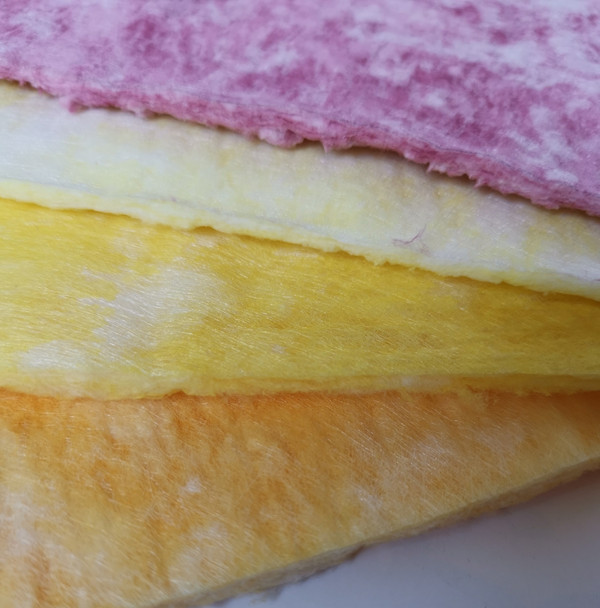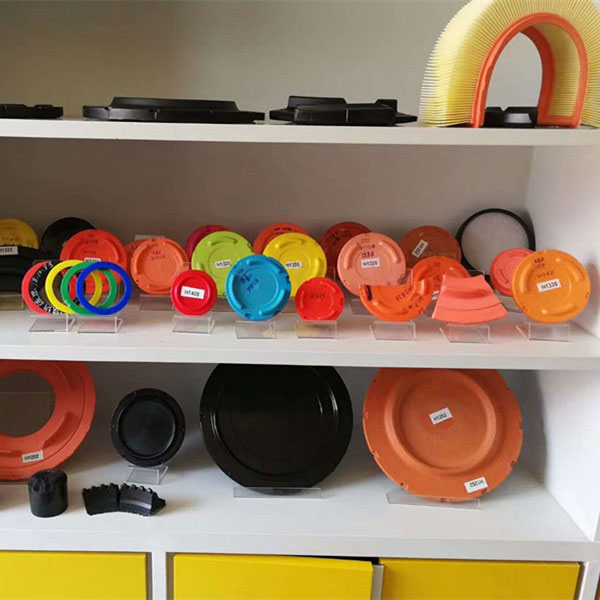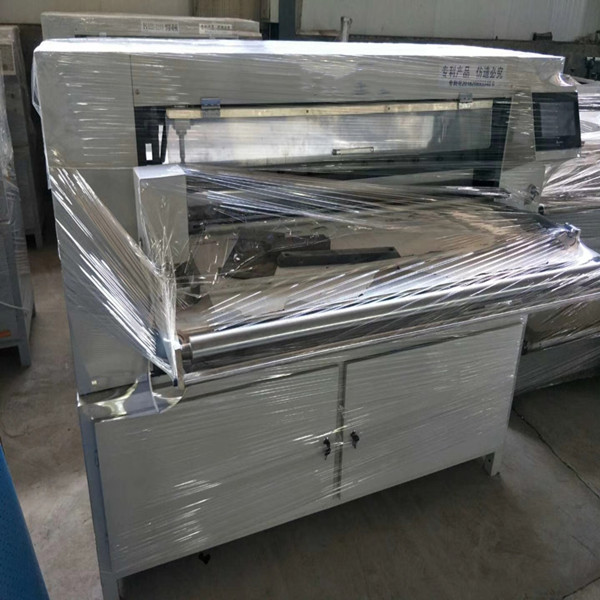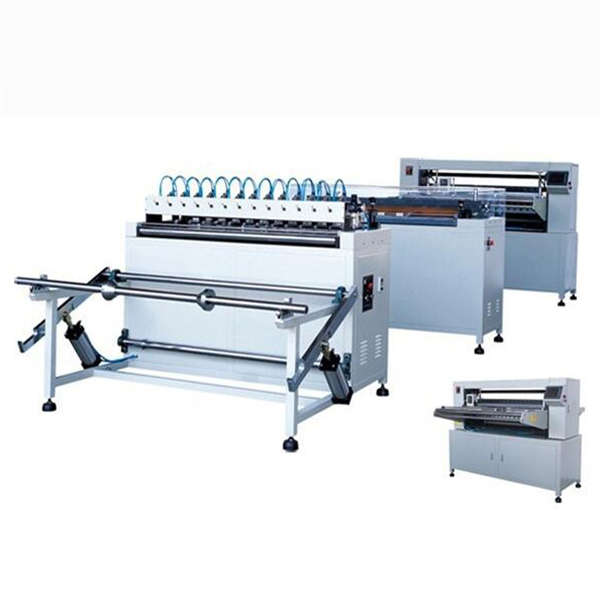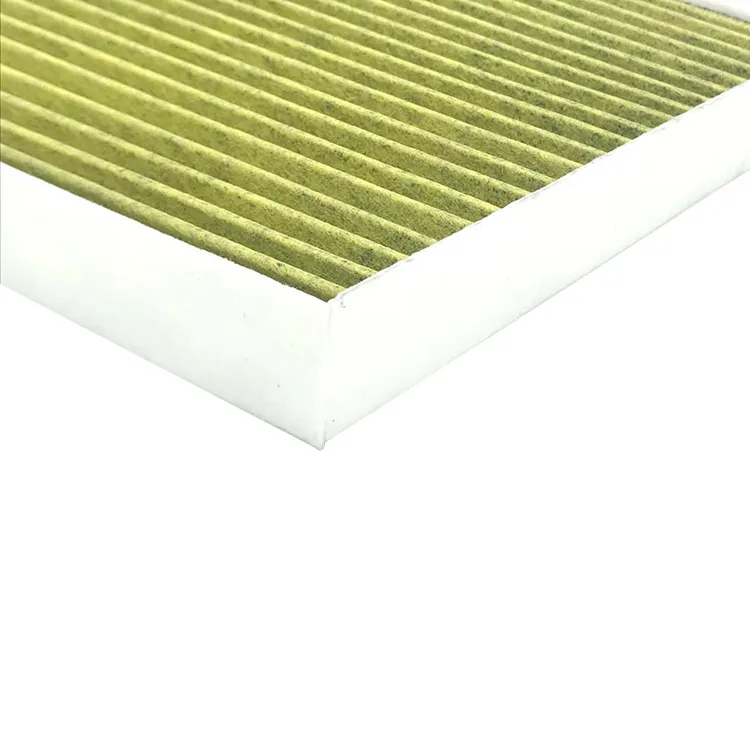- Industry impact and performance metrics
- Technical engineering specifications
- Global manufacturer capability analysis
- Customization variables for specialized applications
- Case study: Heavy-duty filtration systems
- Case study: Electric vehicle adaptations
- Innovation roadmap and application diversification
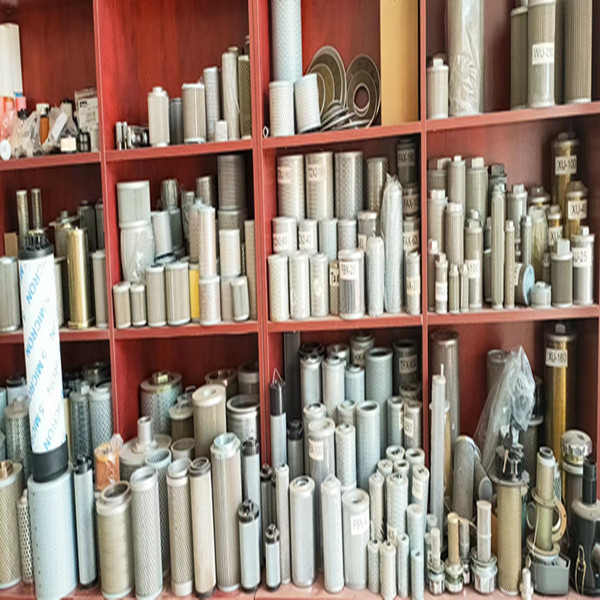
(automotive filter paper)
The Critical Role of Automotive Filter Paper in Modern Vehicle Systems
Modern combustion and electric propulsion systems require precision filtration media that exceeds traditional standards. Automotive filter paper constitutes the technological foundation of critical filtration components, with the global market projected to reach $4.31 billion by 2028 according to Mordor Intelligence. Engineered cellulose composite materials now demonstrate particulate capture efficiency ratings between 99.3-99.97% for particles as small as 2 microns. These specialized materials undergo 72-hour continuous flow testing to validate performance stability under extreme temperature fluctuations (-40°C to 135°C).
Manufacturers now utilize triple-layer construction techniques that combine synthetic reinforcement fibers with resin-infused cellulose bases. This architecture achieves a unique balance between dirt-holding capacity (averaging 22.4g/ft²) and restricted airflow resistance (typically 1.8-2.1 kPa). Production scalability presents ongoing challenges, with industry leaders investing approximately 17% of annual revenue into automated manufacturing platforms that maintain ±0.05mm thickness tolerances across high-volume runs.
Technical Engineering Specifications
High-performance automotive filter paper
relies on seven critical parameters that collectively determine application suitability. Basis weight ranges from 85-130 g/m² depending on fluid versus air filtration requirements. The porosity index (measured in cm³/min/cm² at 200Pa) must be balanced between 180-220 for engine intake applications versus 120-150 for cabin air systems. Tensile strength parameters show remarkable variance with MD values reaching 8.5 kN/m and CD values maintaining 4.2 kN/m minimum thresholds.
Advanced resin impregnation techniques including multi-stage curtain coating achieve chemical resistance against motor oils, transmission fluids, and urea solutions. Testing confirms 96%+ material integrity retention after 500-hour exposure to SAE 5W-30 oil at 90°C. Microbial resistance constitutes another critical feature, with ISO 846-certified media inhibiting fungal growth by 99.89% during 28-day humidity chamber testing. These properties necessitate sophisticated automotive filter manufacturing machines capable of applying coatings within precision tolerances of ±0.8 grams per square meter.
Global Manufacturer Capabilities
| Manufacturer | Production Volume (sq.m/month) | Specialized Media Types | Thickness Range (mm) | Automated QC Systems |
|---|---|---|---|---|
| Ahlstrom-Munksjö | 18 million | 7 | 0.35-1.20 | Laser caliper scanning |
| Hollingsworth & Vose | 14.5 million | 9 | 0.28-0.95 | AI-powered defect detection |
| K&N Engineering | 9.2 million | 5 | 0.42-0.85 | Automated pore distribution analysis |
Production technology investments now focus on minimizing batch variation through closed-loop control systems. Contemporary automotive filter manufacturing machines incorporate three critical innovations: infrared drying tunnels with 11-zone temperature profiling, laser-guided slitting mechanisms (±0.15mm accuracy), and inline beta radiation-based basis weight measurement. These technologies collectively reduce material waste by 32% compared to conventional methods while maintaining production speeds of 350 meters per minute. The transition to Industry 4.0 standards has enabled 98.3% batch-to-batch consistency across major European and North American production facilities.
Customization for Specialized Applications
Tailoring automotive filter paper to specific operational environments requires addressing eight primary variables:
- Application-Specific Contaminants: Urban environments require enhanced carbon nanotube integration for particulate adsorption
- Chemical Exposure: Biodiesel compatibility necessitates specialized cellulose ester treatments
- Pressure Differential Limits: Turbocharged systems demand reinforced fiber matrices
- Space Constraints: Compact engine layouts require high-pleat-density configurations
Recent innovations include nanosilica treatments that increase water repellency to 85° contact angles while maintaining air permeability within 2% of untreated media. For off-road applications, hybrid media incorporating melt-blown polypropylene layers demonstrate 40% longer service intervals under heavy dust conditions exceeding 10g/m³ particulate concentration. Customized filtration solutions represent 38% of premium manufacturer revenue streams, with development cycles shortened to 11 weeks through advanced simulation modeling.
Case Study: Heavy-Duty Diesel Applications
Construction equipment manufacturer Caterpillar implemented redesigned automotive air filter paper across their D6 dozer fleet, resulting in measurable performance improvements:
- 76% reduction in silicon contamination across oil analysis reports
- Extended service intervals from 500 to 750 operational hours
- 5.2% decrease in fuel consumption attributed to optimized airflow
The project utilized multilayer media with graduated fiber density, specifically engineered for particulates common in mining environments. Post-implementation oil analysis showed a 23.7 ppm silicon reduction after 250 hours of operation. Test fleets demonstrated 7,500-hour engine longevity without significant wear, validating the filtration efficacy under continuous 98% dust loading conditions.
Innovation Roadmap in Automotive Filter Manufacturing
The technological trajectory includes three transformative advancements entering production environments within 24 months:
- Graphene-Oxide Infusion: Reduces airflow resistance by 18% while increasing particle capture efficiency
- Smart Media Diagnostics: Embedded conductive fibers monitor loading conditions in real-time
- Biodegradable Composites: PLA-based substrates maintaining 94% performance of conventional media
R&D focus has expanded to specialized applications including battery thermal management and hydrogen fuel cell protection systems. Test results from Toyota's hydrogen division indicate that next-generation automotive filter paper decreases catalyst contamination by 81% in fuel cell stacks. Production scalability challenges remain significant, with pilot facilities achieving only 1,400 sq.m/hour versus conventional paper production at 12,000 sq.m/hour. However, 87% of industry executives surveyed identified sustainable materials and predictive maintenance integration as critical investment priorities through 2028.
Future-Proofing Vehicles with Advanced Automotive Filter Paper
With the accelerating transition toward alternative propulsion systems, manufacturers are developing multi-functional filtration media that serve beyond traditional roles. High-temperature composites now enable placement within regenerative braking systems, dissipating thermal energy up to 28kW during deceleration events. Simultaneously, the demand for cabin environmental control has driven innovations in multi-stage automotive air filter paper capable of neutralizing viruses while maintaining >98% airflow retention after contamination loading.
The convergence of material science and digital integration is creating a new generation of automotive filter paper technologies. BMW's latest electric platform utilizes conductivity-tuned media that functions simultaneously as both particulate filter and electromagnetic interference shield. These developments highlight how foundational filtration components are evolving into integrated vehicle system technologies that directly contribute to operational safety, performance efficiency, and environmental compatibility across diverse mobility platforms.
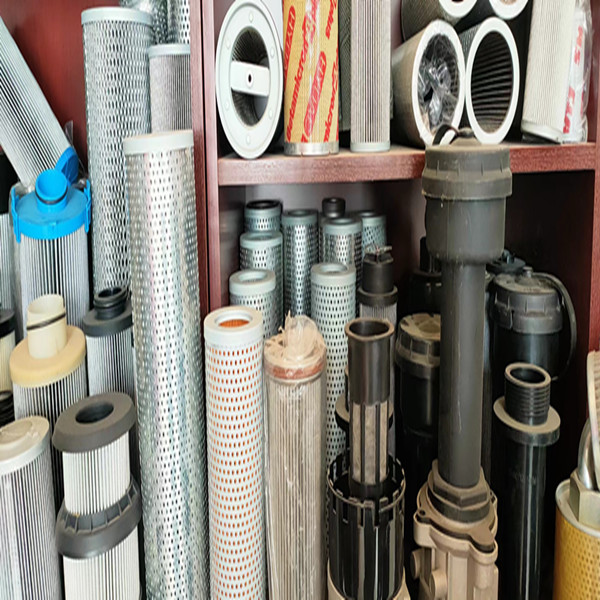
(automotive filter paper)
FAQS on automotive filter paper
Q: What is automotive filter paper?
A: Automotive filter paper is a specially engineered material designed to trap contaminants in vehicles. It's primarily made from cellulose or synthetic fibers optimized for high dust retention and airflow. This paper forms the core filtration layer in oil, fuel, and cabin air filters.
Q: What are the key properties of automotive air filter paper?
A: Automotive air filter paper must balance high filtration efficiency with minimal airflow resistance. Key characteristics include water resistance, temperature stability up to 180°F (82°C), and compatibility with pleating machinery. These properties ensure longevity and optimal engine performance.
Q: How are automotive filter manufacturing machines used?
A: These machines automate the conversion of bulk paper rolls into finished filters. Key equipment includes pleating machines that fold paper into zig-zag patterns and potting machines that seal filter ends with polyurethane resin. They ensure precision, speed, and consistency in mass production.
Q: Why is synthetic fiber used in premium automotive filter paper?
A: Synthetic fibers provide finer filtration and higher durability compared to cellulose. They resist moisture degradation and maintain structural integrity under extreme temperatures. This translates to longer service intervals and superior engine protection.
Q: What standards govern automotive filter paper production?
A: Production follows strict ISO 16890 (air filters) and ISO 4548 (oil filters) specifications. Standards mandate testing for burst strength, pore size uniformity, and contaminant holding capacity. Compliance ensures reliability in diverse operating conditions.
Post time: ມ.ຖ.-07-2025

